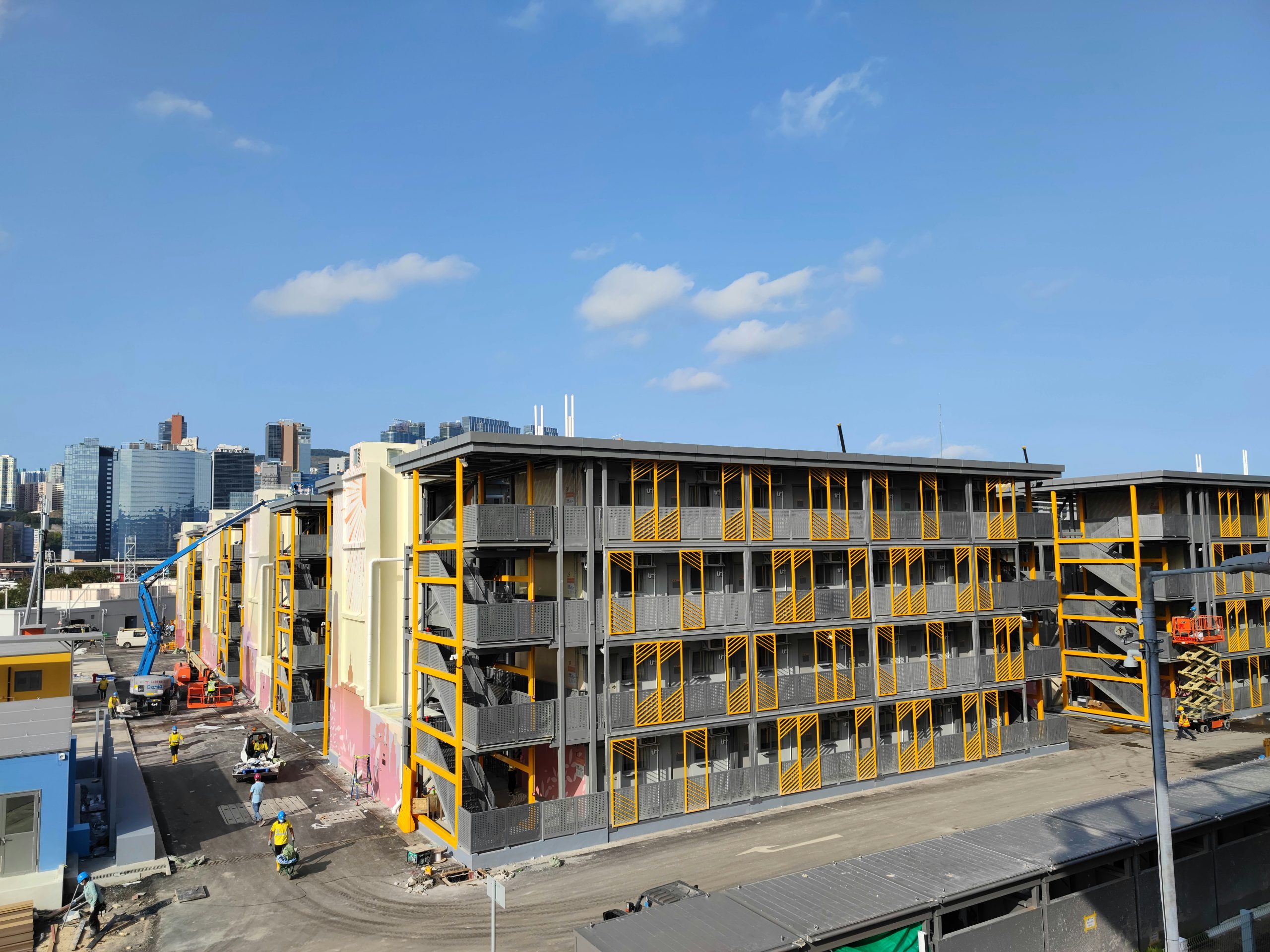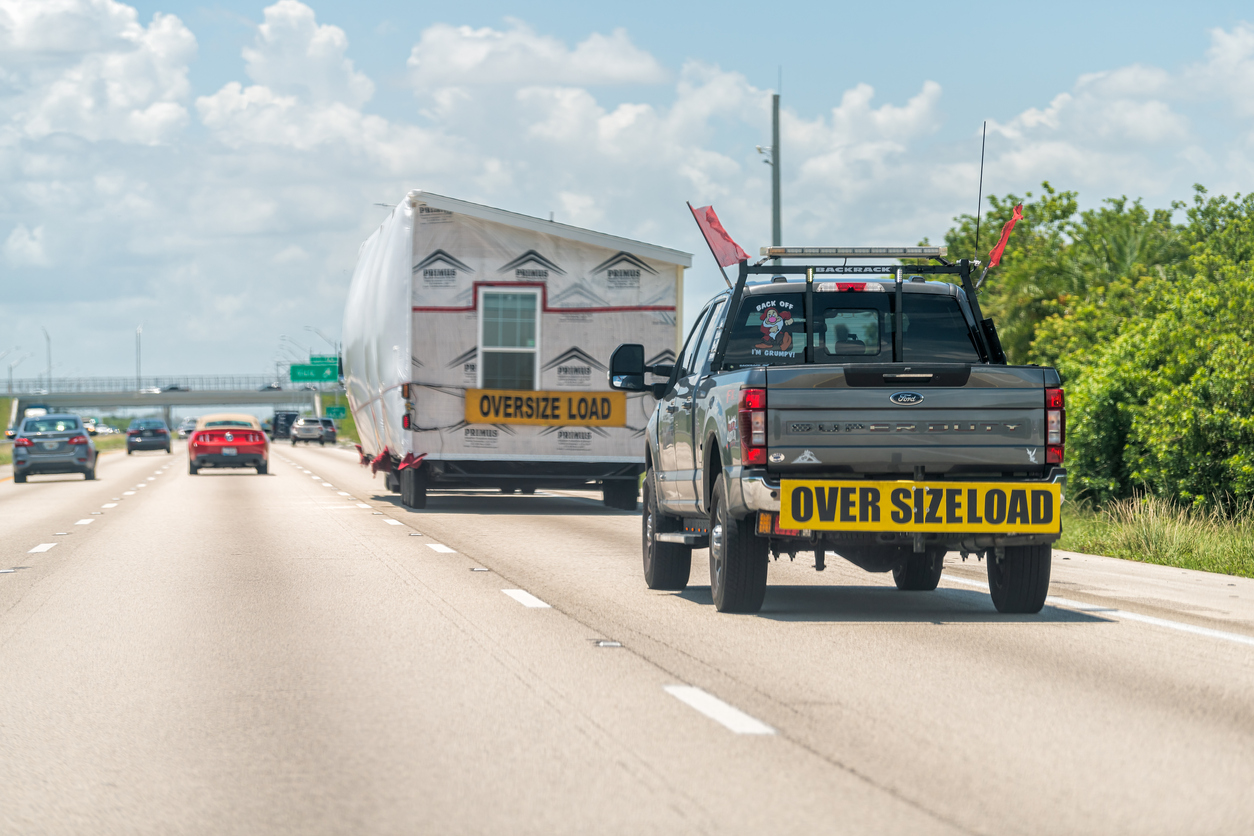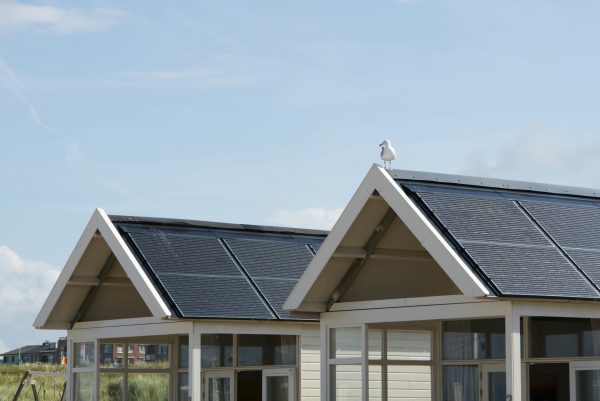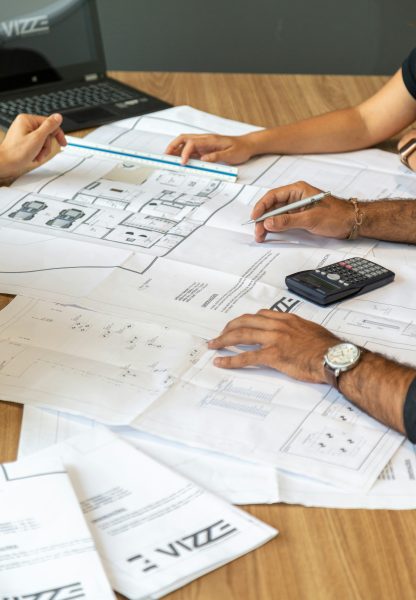In today’s fast-paced world, crisis and opportunity can emerge out of nowhere, and our ability to respond quickly is crucial.
Modular buildings are a proven solution for urgent housing and space needs. They offer unparalleled speed, adaptability, and functionality. Regardless of whether it is modular homes for disaster relief, classrooms for our overcrowded school systems, or even healthcare facilities during pandemics, these versatile structures are completely transforming the way we think about construction. In recent years, we have seen a rise in the rapid development of modular construction. And, it has redefined the entire building industry.
The Mechanics of Modular Construction
Let’s take a closer look at the mechanics of modular construction, by discussing what modular buildings are, and how rapid deployment works.
What Are Modular Buildings?
Modular construction is the fabrication of building components in modules. These individual sections are manufactured in a controlled factory setting before being transported to the site for final assembly. Each of the units is designed to integrate seamlessly with the other units, to form a complete structure that is just as strong, durable, and functional as a traditionally built structure.
Moreover, these modular buildings are extremely versatile, because they can be used for temporary or permanent purposes. They can be used for sleek office spaces, sturdy housing units, and even emergency facilities. But, the most important factor with modular construction, is the flexibility that these prefabricated units provide. The controlled environment of the manufacturing setting ensures that each of the modules meets precise specifications, which results in fewer defects, fewer delays, and higher precision than any other building method used today.
How Does Rapid Deployment Modular Construction Work?
So how exactly does rapid deployment modular construction work? Well, the speed of modular construction lies exclusively in the parallel workflows. With a traditionally constructed building, each step must be done sequentially. You need to start with site preparation, foundation work, framing, then finishing. But, with rapid deployment modular construction, you are able to work on multiple processes at the same time. As one team prepares the site, another team builds the modules in the factory. These activities then converge seamlessly when the modules are delivered to the site for final assembly.

This construction method eliminates most of the delays that are associated with traditional construction. Although the site can be adversely affected by inclement weather, it does not halt the construction process. And, in urgent situations, this ability to build faster and more predictably makes modular solutions the perfect choice for emergency deployment.
Meeting Urgent Needs with Modular Buildings
Modular construction plays an integral role in meeting the urgent needs of communities around the country.
Healthcare on Demand: Saving Lives with Speed
One of the biggest beneficiaries of modular construction in recent years is the healthcare sector. In fact, the ability to deploy modular units throughout the Covid-19 pandemic saved countless lives. As the demand for additional facilities in communities around the country grew, modular buildings were used to provide locations for testing centers, isolation wards, and vaccination clinics. This helped to highlight the many advantages of temporary modular solutions. These prefabricated healthcare units were deployed rapidly around the globe and provided this much-needed space in record times.

Of course, what made these modular units more remarkable was their ability to meet stringent healthcare standards. They were equipped with some of the most advanced HVAC systems, were built with medical-grade materials, and could even be used as negative pressure rooms. As a result, they rivaled permanent hospitals for functionality. But, the biggest benefit was that the modular units were mobile, allowing governments and local healthcare organizations to relocate resources as needed.
Disaster Relief and Emergency Housing
In the aftermath of any natural disaster, most communities are left without safe shelter. Modular construction also provides an efficient way to deliver emergency housing that meets basic needs, while providing families with both dignity and comfort. Modular homes can be delivered and assembled quickly, and offer secure, weather-resistant shelter that can be used both temporarily or permanently.
One of the biggest examples of modular housing being used as disaster relief lies in the aftermath of Hurricane Katrina. Modular housing played a vital role in providing shelter for thousands of affected families. Not only were these homes fast to deploy, but also came fully equipped with the necessary utilities that residents needed to get back on their feet. The flexibility and scalability of modular structures allowed them to be reconfigured to meet the varying needs of families throughout New Orleans and other affected regions.

Education in a Pinch
Schools around the country often face space challenges due to population growth, unforeseen crises, and natural disasters. Modular classrooms provide rapid and cost-effective solutions for accommodating students without interrupting their learning process. These modular classrooms serve as a vital learning space for displaced children and often come equipped with the most modern amenities and technology available.
Business and Commercial Flexibility
Modular construction is also beneficial to businesses. Thanks to the speed and adaptability of modular buildings, businesses can deploy pop-up shops, temporary offices, and event spaces on demand. For young businesses that want to expand into new market areas, a modular office provides a quick way to establish a presence. At the same time, construction firms use modular cabins as site offices all the time. They are crucial to their business model, as they allow firms to relocate their offices as the project progresses.
Benefits of Modular Construction for Rapid Deployment
To truly understand the many benefits of modular construction for rapid development, we need to take a closer look at the speed, efficiency, cost-effectiveness, scalability, flexibility, and environmental sustainability of this construction method.
Speed and Efficiency
Without question, one of the biggest hallmarks of rapid deployment modular construction is speed. Although traditional construction projects may take months or even years to complete, modular buildings can often be ready in just a few weeks. This is very beneficial in scenarios where time is of the essence. Moreover, as the buildings are constructed with some of the highest levels of precision imaginable, they can minimize delays and reduce the likelihood of costly mistakes.
Cost-Effectiveness
Of course, we cannot talk about modular construction without also speaking about the cost-effectiveness of the construction method. The construction process of modular buildings is extremely streamlined. When compared to traditional construction methods, there is very little waste associated with modular units. Labor costs are also reduced dramatically because the modules are manufactured in a centralized location where work can proceed efficiently. And, for governments, nonprofits, and businesses alike, these cost savings make temporary modular solutions the perfect choice for urgent projects.
Scalability and Flexibility
One of the most compelling features of modular construction is adaptability. A school with growing enrollment can expand as the need increases. A hospital that sees an increase in patients, can add new units on demand. And conversely, these structures can also be downsized or repurposed when they are no longer needed.
Environmental Sustainability
And, modular construction also aligns with sustainable building practices. By focusing on a factory-based approach, the construction of modular units helps to reduce waste, by optimizing material use and recycling scraps. Moreover, since modular buildings can be disassembled, reused, and even recycled, they help to contribute to a more circular economy. When combined with energy-efficient designs and amenities, modular buildings offer a reduced environmental footprint compared to any other construction method.
Real-World Applications of Temporary Modular Solutions
Modular construction can be used in a wide variety of different ways. Here are some of the most common:
- Mobile Medical Units – These fully equipped healthcare facilities can be deployed to underserved or disaster-affected areas quickly.
- Construction Site Offices – These modular cabins provide essential workspaces and storage for construction teams and managers.
- Temporary Event Spaces – From festivals to conferences, modular buildings can serve as ticket booths, VIP lounges, and so much more.
- Pop-Up Retail Stores – The flexibility of modular designs allows businesses to test new markets with stylish yet temporary storefronts.
- Military Bases – Modular units can be used as prefabricated barracks, mess halls, and even as command centers.
Challenges and Considerations
Although there are many advantages of modular buildings, they also offer some challenges that you need to take into consideration. The biggest challenge is the transportation of the larger modules. The transport process can be logistically complex, and may even require specialized permitting in certain areas. Moreover, while the units are generally considered to be more cost-effective than traditional construction methods, they also require a higher upfront investment. Then, there are also the many regulatory hurdles that may slow down permitting in various regions around the country.

Conclusion
Ultimately, modular buildings have become an invaluable tool for meeting urgent needs that range from healthcare and disaster relief to education and business. The use of rapid deployment modular construction techniques, allows you to build faster, more efficiently, and more sustainably than other traditional methods provide.
More and more organizations have begun to recognize the importance of flexibility and adaptability in construction, which has led to a rise in temporary modular solutions. As this technology continues to advance, its potential to address pressing global challenges will expand rapidly. After all, modular buildings ae not just a solution for today’s emergency, they are also a blueprint for a more responsive, resilient, and resource-efficient future.

